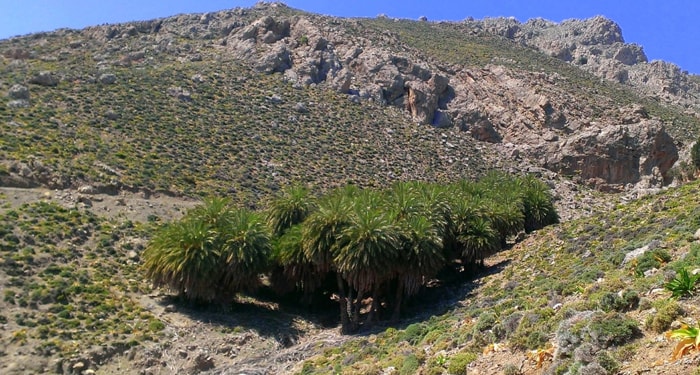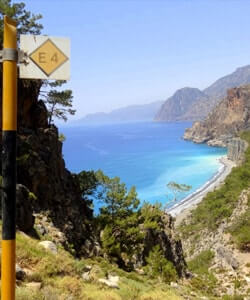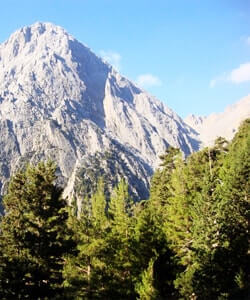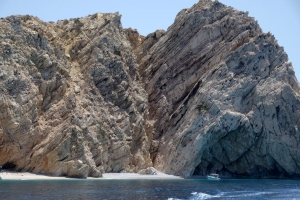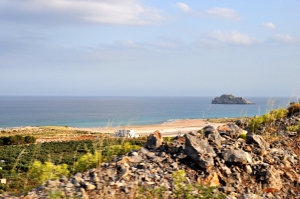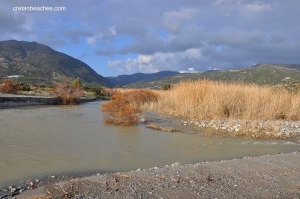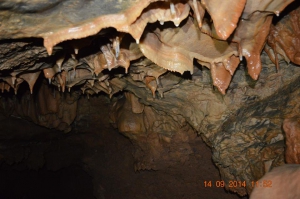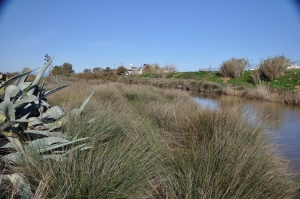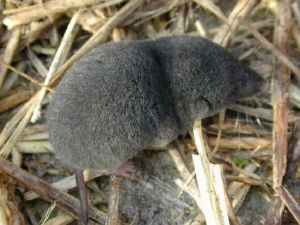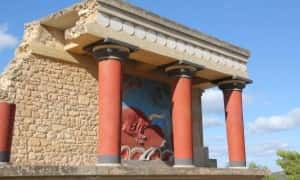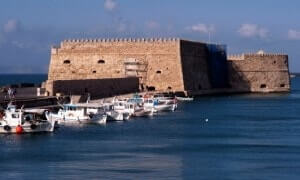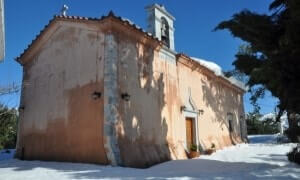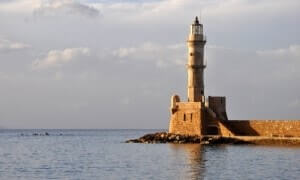The beach that stands out from all of the west side of Gavdos is Diana. Diana is actually the second southernmost beach in Europe, after Tripiti which is located a few meters to the southeast. The beach stands out from the rest as it is less rocky, has small pebbles and has a massive rock below which you can find shade all day.
Just a few meters away from the last houses of the village Samonas, road works revealed a small cave in 1994, with rich décor and a small pond. In order to access the main room a ladder is used.
This is a short canyon, easily accessed that leads to the beach of Psili Ammos. The gorge has water till early spring, while it is actually a part of a longer gorge.
500m east to Xerokambos you will find one of the weirdest landscapes on Crete. Here you will see a large dry lake next to the sea. You may not get very excited on summer, but if you come here in spring or in winter, you will understand why this is so important. In the winter Alatsolimni (Salt Lake), as it is called, is flooded with water, forming a small lagoon.
The River Anapodaris is located in south-central Prefecture of Heraklion and exits near the village of Tsoutsouras and Keratokambos. More specifically, it starts gathers water from east-central Heraklion and southern Dikti, with may smaller rivers (eg Baritis) flowing into it. Close to Demati village a nice arched bridge crosses the river.
Close to village St. George at province Sitia (also known as Tourtouli ) there are the two caves Small and Large Katofygi (with the maximum length of internal routes being 100m).
Aposelemis River is one of the longest rivers in Crete, which receives the groundwater of the plateau of Lassithi from the springs of Fleges, near Kastamonitsa village. Then, it runs near the village Avdou, where it changes route and joins the river of Ambelos Gorge, continues to Potamies, where a large dam has been constructed, and it reaches the position Xerokamares, where it joins the small river of Karouzana. Then, it passes through the gorge of Aposelemis and heads towards the northern shores of Heraklion, where it exits into a small wetland near Gouves.
The Cretan white-toothed shrew (scient. Crocidura zimmermanni) is the only endemic mammal in Greece, found only in Crete, but it is displaced by the introduced lesser white-teethed shrew (scient. Crocidura suaveolens). Moreover, the smallest mammal of the world, the Etruscan shrew, is the third species of shrew met in Crete.





